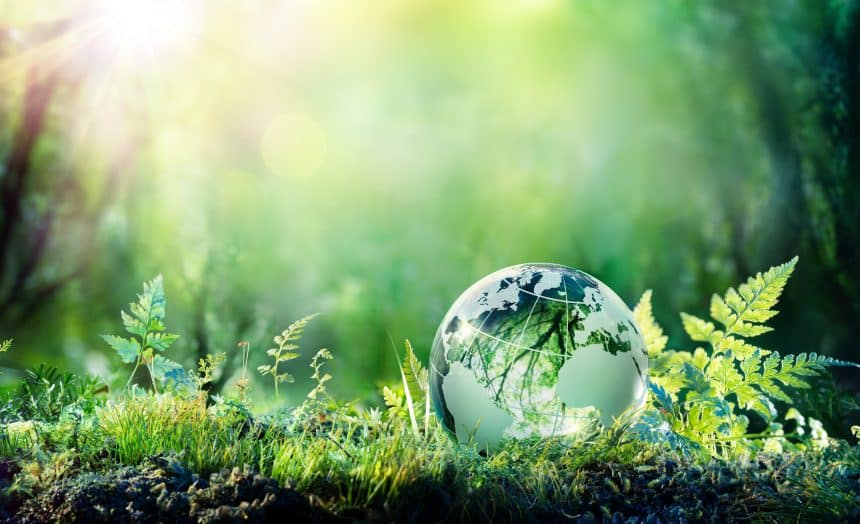
Download dan direct de PDF of lees eerst het beknopte overzicht.
Life cycle assessment:
Decision makers often assume that sustainable design is mainly about resource conservation – energy, water, and material resources. The last ten years, however, has seen a dramatic broadening of the definition of sustainability to include assurances for mobility and access – affected by land use and transportation, – health and productivity – affected by indoor environmental quality, and the protection of regional strengths [1]. This broader definition of sustainability is represented in the US by the LEED™ (Leadership in Energy and Environmental Design) standard of the US Green Building Council [1].
The Centre for Building Performance and Diagnostics at Carnegie Mellon University likes to expand this definition even further, to give greater emphasis to contextual and regional design goals, to natural conditioning, and to flexible infrastructures that support change and deconstruction [1]. The CBPD defines sustainable design as “a transdisciplinary, collective design process driven to ensure that the built environment achieves greater levels of ecological balance in new and retrofit construction, towards the long term viability and humanization of architecture. Focusing on environmental context, sustainable design merges the natural, minimum resource conditioning solutions of the past (daylight, solar heat and natural ventilation) with the innovative technologies of the present, into an integrated “intelligent” system that supports individual control with expert negotiation for environmental quality and resource consciousness.
Auteurs: prof.ir. W. Zeiler* **, ing. J.T. van Deursen* and ir. G. Boxem